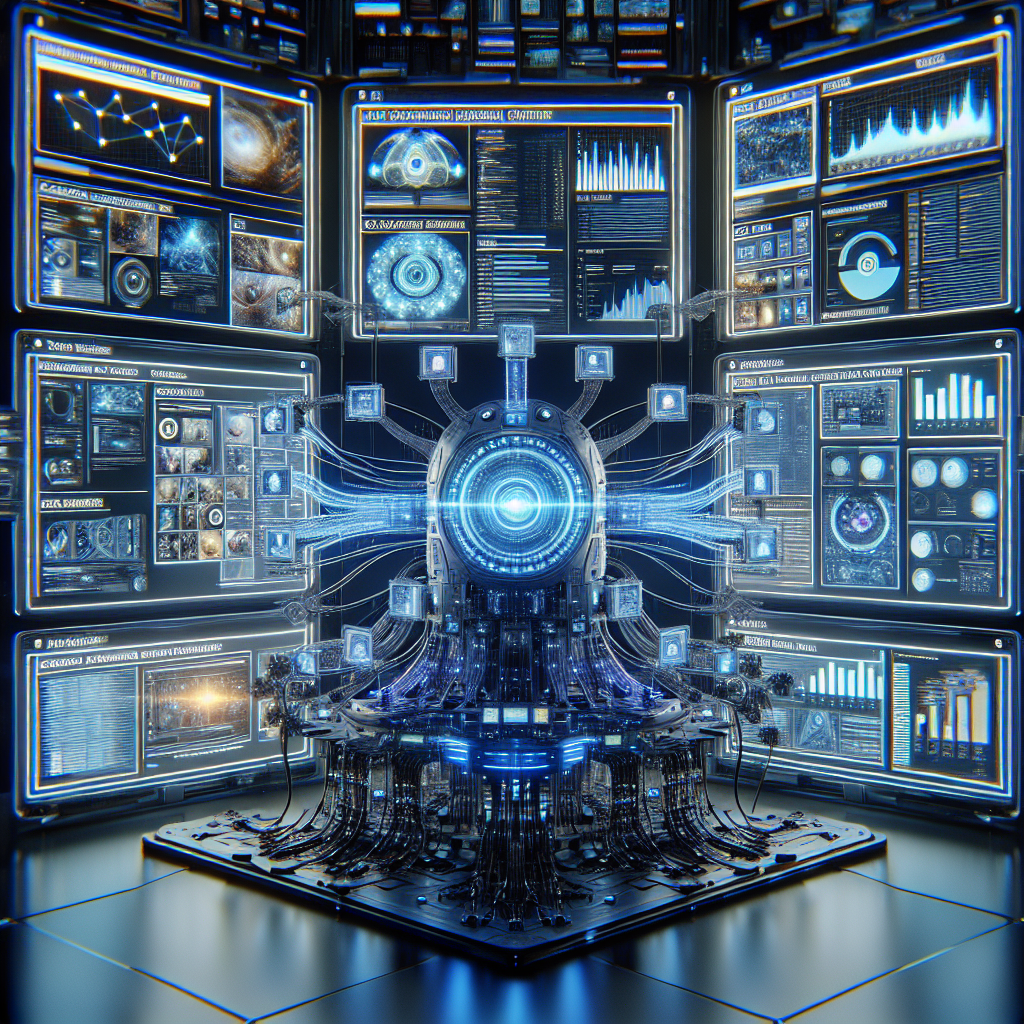Understanding AI in User-Generated Content (UGC) Curation
User-generated content (UGC) is a powerful resource for brands, communities, and platforms aiming to build trust and engagement. With the massive volume of content generated daily—from social media posts, customer reviews, and forum discussions to blog posts and videos—filtering, organizing, and showcasing valuable content becomes a significant challenge. This is where Artificial Intelligence (AI) plays a transformative role.
Why UGC Needs Curation
The appeal of UGC stems from its authenticity and relatability. However, due to its uncontrolled nature, it also presents issues such as low-quality submissions, inappropriate content, and off-topic discussions. Manual curation is time-consuming and often impractical at scale. AI offers a scalable solution by automating content evaluation and surfacing the best material in real-time.
The Role of AI in UGC Curation
AI assists in several key areas of content curation by leveraging machine learning, natural language processing (NLP), and computer vision. Here’s how:
- Content Filtering: AI algorithms can detect and flag inappropriate, offensive, or spammy content by analyzing language patterns, sentiment, and visual elements.
- Relevance Detection: Natural language processing helps in understanding the context of user submissions, ensuring that only the most relevant content appears in curated feeds or sections.
- Quality Scoring: AI can score content based on factors such as grammar, coherence, originality, and engagement metrics like likes or shares to determine its overall value.
- Duplicate Detection: Machine learning models can identify and eliminate duplicates or similar entries, improving the uniqueness and diversity of the content presented.
Real-World Applications
Several platforms and industries are already integrating AI into their UGC workflows:
- Social Media Platforms: AI filters harmful or misleading content, auto-moderates comments, and highlights trending posts for feeds.
- eCommerce Websites: User reviews and photos are evaluated to be featured on product pages. AI helps detect fake reviews and prioritize helpful feedback.
- Online Communities: Forums use AI-driven moderation to ensure discussions stay on topic and civil, and to promote high-value responses.
Challenges and Considerations
While AI drastically improves the efficiency of content curation, several challenges persist:
- Bias in Algorithms: AI systems can unintentionally carry forward biases from their training data, leading to content amplification that lacks diversity.
- Transparency: Users often don’t understand why certain content is prioritized, which can lead to perceptions of censorship or favoritism.
- Contextual Misunderstanding: AI can misinterpret sarcasm, humor, or regional nuances, leading to incorrect filtering or scoring of content.
The Future of AI-Powered Curation
As AI technologies continue to evolve, systems are becoming better at understanding nuanced language, recognizing multimedia content, and adapting to specific community norms. The integration of advanced AI models like large language models and generative AI opens up new possibilities, including:
- Automated content summarization
- Personalized content feeds
- Interactive moderation tools powered by conversational AI
These innovations promise to make the process of discovering, moderating, and showcasing UGC more intelligent, fair, and user-centric.
Conclusion
AI is rapidly revolutionizing the way user-generated content is curated by making the process more scalable, intelligent, and responsive. While it’s not a silver bullet and requires careful implementation to avoid pitfalls, when used effectively, AI can unlock the full potential of UGC—turning raw submissions into a wellspring of valuable, trusted, and engaging content.







